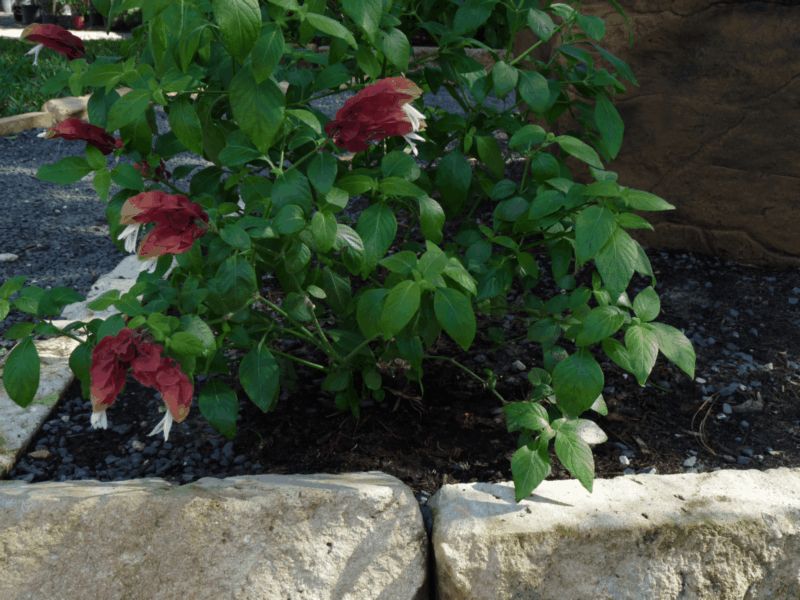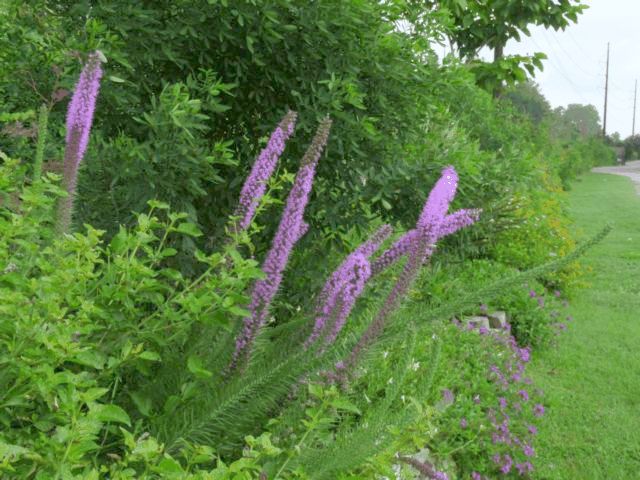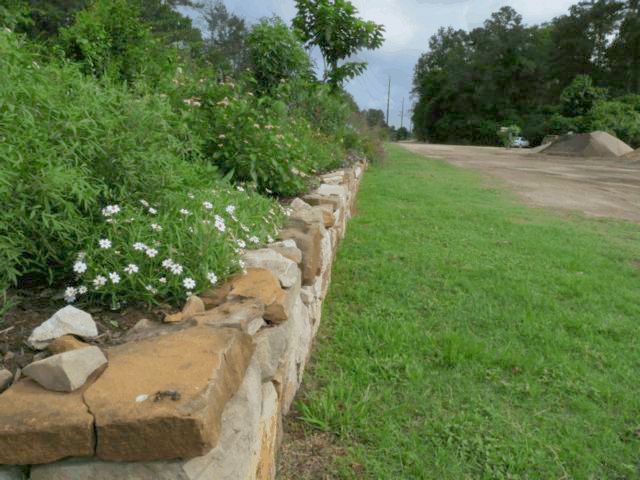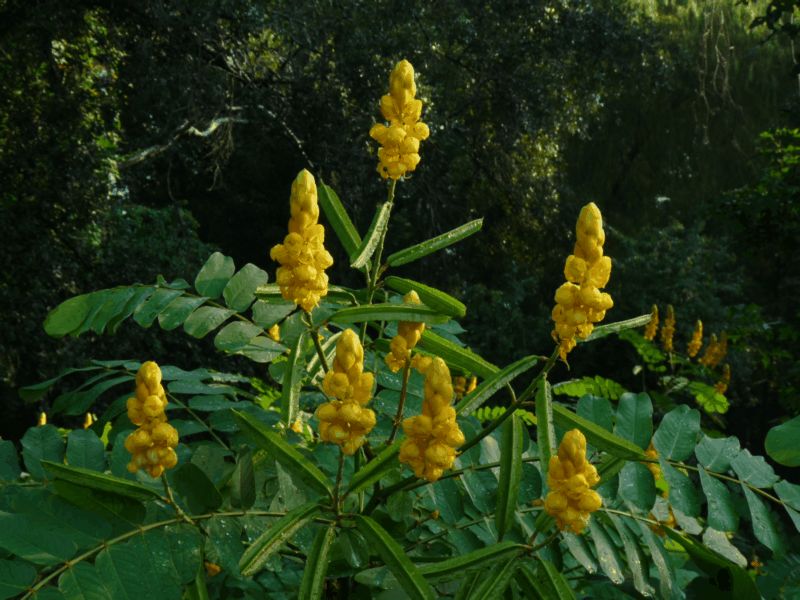




8 Myths About Producing Compost
1) A carbon:nitrogen ratio of C:N = 30:1 is good - Myth. Reality: 20:1 to 30:1 maybe...bio-availability is critical! Issues such as particle size & lignin content are more important factors. Surface phenomenon is also more important. Good compost can be made with 200:1 ratios with extra time (i.e. forest floor).
2) Turning = Aeration - MYTH. regular turning of windrows assures adequate aeration and prevents anaerobic processes. Reality: studies have shown that windrows must be turned every 2.5 hours to keep pile aerobic! A recent USDA study showed that aeration from windrow turning last less than 25 minutes. Other factors such as diffusion and convection more important than turning for aeration. Turning helps keep permeability high. Pile size, physical characteristics, chemistry, and moisture content affect odors more than turning.
3) Forced aeration for O2 (oxygen) is required- MYTH. Heat removal requires at least a 10X larger airflow than that required for aerobic aeration. Airflow is required for heat and moisture removal. Most of the heat lost is via water vapor (latent heat and convection). This type of problem is created by the type of pile geometry used.
4) High Temperatures = good composting - MYTH. High temperature equals fast composting not good. Reality: compost is a good insulator hence large piles with lower aeration rates do not loose heat very fast. Moderate temperatures for longer periods of time reduces pathogens better, biodegrades synthetic chemicals better (pesticides, herbicides, fungicides, etc.), retains higher levels of nutrients, and most importantly has much higher levels of beneficial microbes. Compost made using high temperature techniques (windrow, forced aeration, etc.) has less disease-fighting microbes hence airborne pathogens quickly repopulate the material (Encyclopedia of Organic Gardening).
5) Cool compost = mature compost - MYTH. compost is ready when within 10°F of ambient temperature. Reality: preserved...maybe yes; but the real question is it biologically stable? Also proper moisture is critical (i.e. 35% moisture content will lower composting rate by 50% resulting in a lower temperature. Other factors such as porosity vs. permeability; hardwood vs. softwood chips, raw sludge vs. digested sludge, and the purpose of the compost (intended uses) are all more important than temperature.
6) Expensive composting operations work better - MYTH. in
general the higher the cost the lower the quality and greatly
increased problems.
Comment: I have had the opportunity to tour the largest and
most expensive composting facility in the world, about $70
million dollars. It stunk outside on the grounds, inside the
buildings, it stunk downwind and I believe it even stunk upwind
during a 15 mile per hour breeze. One could not get away from
the stench.
I have also toured several very low tech and inexpensive facilities
that were even composting sewage sludge and fish wastes. I
had to bend over and stick my nose almost into the piles to
even get the faintest hint of a foul odor.
7) Fast composting produces the same quality compost as long time frames. - MYTH. Depending on feedstocks used, the breakdown of many harmful chemicals is a function of time. For example compost made from grass cuttings may contain herbicides and pesticides which require at least 12 months to breakdown in an active compost pile. If fast composting technology is used the compost can result in plant growth problems. Ecological Urban Horticulture, Autumn 1994. See Paper Killer Compost
8) Cheap Compost Is Good Compost - MYTH. In the United States good compost often sells for $60 or more per cubic yard since the benefits obtained make it very economical. Vermi-compost made from bio-solids is reported to be selling for $75 per cubic yard in parts of California. Some vermi-composts are now selling for over $1,000 per cubic yard for use as a biostimulant. A recent report by the US Composting Council indicated that the average price of compost in Texas was $45 per cubic yard. Texas does not have labeling laws hence some vendors will cut their compost with bark dust, sand or soil, peatmoss, foundry slag, etc. to make it go further and reduce the selling price to make it appear a better buy. This cutting or dilution process reduces the value of the compost (less humus and nutrients per cubic yard) and may increase hauling costs since sand and soil is a lot heavier than humus. The addition of bark, sand, etc. can also introduce pathogens and weed seeds reducing the value even further. Others operators physically or chemically burn (char) their compost using industrial wastes to make the material turn black quickly hence it is unstable when applied and often toxic to plants.